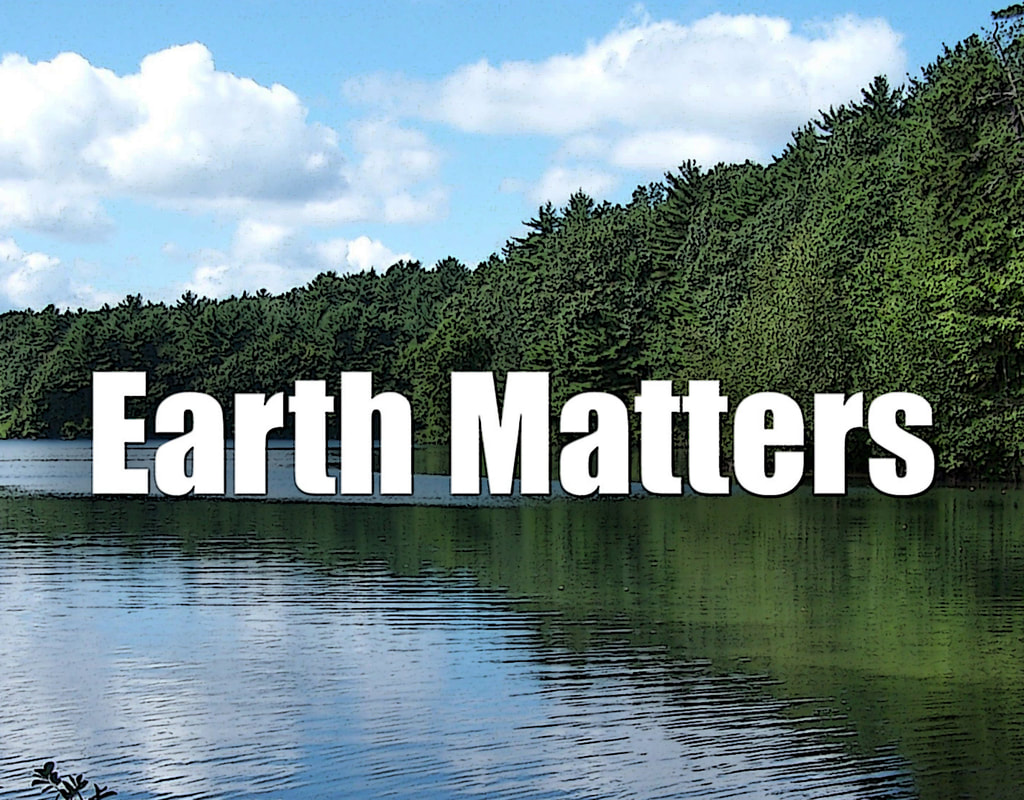|
The last part of July is statistically the hottest time of the year and we have seen what that can mean both here in Pennsylvania and across the continent in Southern California. In the midst of an overwhelming heat wave in the desert southwest this summer, we also marked the one hundredth anniversary of the highest official air temperature ever recorded on the planet. The thermometer hit 134 degrees Fahrenheit in the shade on July 10, 1913 at Death Valley, a record that still survives a century later.
The record was set at the appropriately-named Furnace Creek, two decades before Death Valley even became a National Monument. Like so many high temperature records, that hotter-than-blazes day was preceded by a hot night. The low during the night of July 9 and 10, 1913 was 93 degrees. This is true even here in Pennsylvania. The last time it went over 100 on my home weather station, July 22, 2011, the low the night before was only 82. Though those of us from the greener, wetter climate of Pennsylvania might find Death Valley a desolate place, it is one of the most unique places in America. The valley is nearly 300 feet below sea level, magnifying the very dry, frequently cloud-free and low latitude climate so common in southern California and Arizona. Many of us have experienced the influences of elevation when passing through snow on Cresson Mountain when it's raining in Altoona. This same principle makes Death Valley the most extraordinary of the blistering extremes of the desert southwest. Beyond Death Valley, the region has suffered through some of the hottest weather ever this summer, June 2013 setting records far and wide in the entire Southwest. Las Vegas set its all-time record for June when the thermometer hit 117 on June 30th. Especially in the Southwest, this sort of hot and dry weather presents the perfect environment for fires and it has been a dreadful summer throughout much of the region. The death of 19 firefighters in Yarnell, Arizona on the same day Las Vegas set their temperature record was the tragic culmination of the persistent rash of fires. The danger presented by wildfires, in the Southwest especially, seems to have been exacerbated by two unrelated environmental issues. Regardless of whether you think it's been caused by man's contribution of greenhouse gasses or not, warming temperatures and longer droughts have made wildfire problems worse. Related to that problem, High Country News reports that 45 million homes now set on what has become known as the wildland-urban interface, where the risk of wildfires damaging homes is greatest. This border, where the flammable rural lands meet the suburbs and exurbs, is only nine percent of the nation's land area. But the runaway suburbanization of America has profoundly changed where people live. Almost 40 percent of the housing units in America are now in these high risk areas. The Granite Mountain Hotshots were trying to save a 40 house subdivision built in just such a location. This is another in a long list of challenges confronting us, as we continue to build in places prone to natural hazards.
0 Comments
Your comment will be posted after it is approved.
Leave a Reply. |
Climate and Weather
Understanding Pennsylvania Snow
The Flood of 1947 The Hottest Day Rising Sea Level Cold Winters & Big Pictures Rainy Junes: 1972 & 2015 Penn State's Weather World The Paris Accord 2016's Peculiar Snowstorm Two Different Winters: 1936 & 2016 The Year Without A Summer Pennsylvania's Hottest Summer Other Categories |
|
All Original Material - Copyright © - All rights reserved. No part of this site may be used without written consent. Email John with questions.
Site Powered by Weebly. Managed by Brush Mountain Media LLC. |
© COPYRIGHT
2010-2023. |

